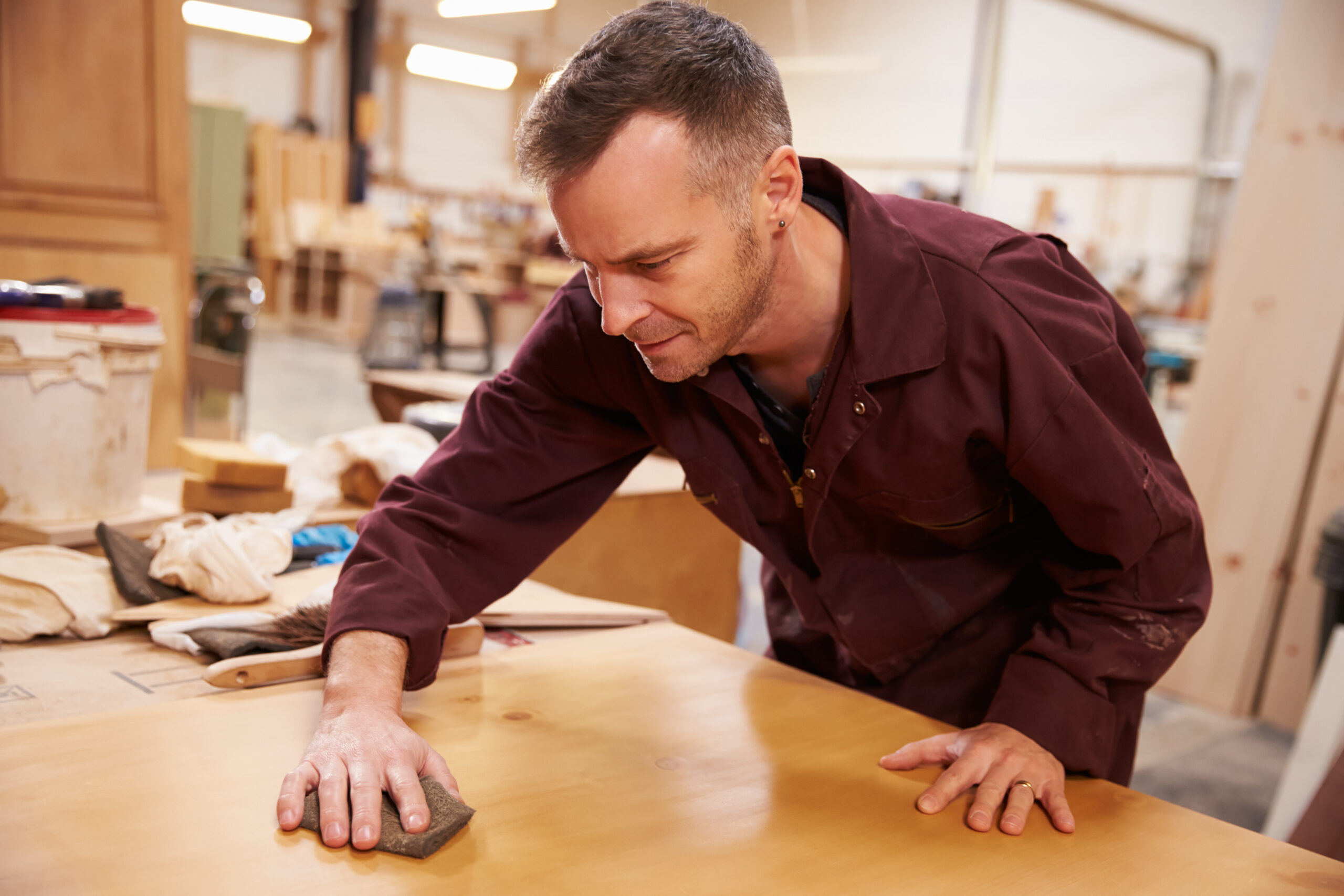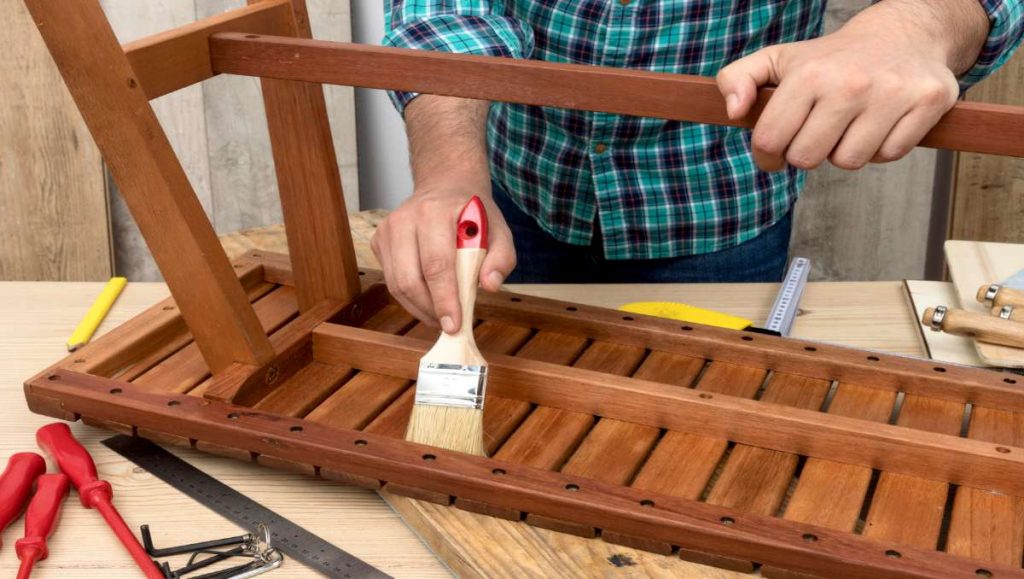
In a world where things are quickly made and easily discarded, restoring old furniture has a special charm. This process revives worn pieces, keeps their stories alive, and lets us craft unique, personal items. While there are many ways to refinish furniture, few compare to the careful craftsmanship and lasting quality of Amish woodworking.
Key Takeaways:
- Amish techniques prioritize hand craftsmanship, natural materials, and meticulous attention to detail in furniture refinishing.
- Stripping the old finish can be done effectively with natural solvents and hand tools.
- Hand sanding is preferred for achieving flawless and smooth, flat surfaces.
- Natural stains and finishes enhance the wood’s natural beauty and provide lasting protection.
- Advanced techniques like distressing, hand-carving, and natural aging can create a timeless quality.
This comprehensive guide explores the world of furniture refinishing, exploring the time-honored Amish techniques that have been passed down through generations.
What is Furniture Refinishing?
Furniture refinishing means updating an old piece of furniture to make it look new again. This involves stripping off the old finish, fixing any damage, and applying a new finish to enhance and protect the wood. Refinishing can turn a worn-out piece into a beautiful highlight for your home, making it last longer and adding value.
Refinishing is different from restoration and repair. Restoration aims to return a piece to its original look, often needing special techniques to match the original materials. Repair fixes structural problems, like broken legs or drawers. Refinishing mainly focuses on improving the appearance, though it may include minor repairs.
The Significance of Using Amish Techniques in Refinishing
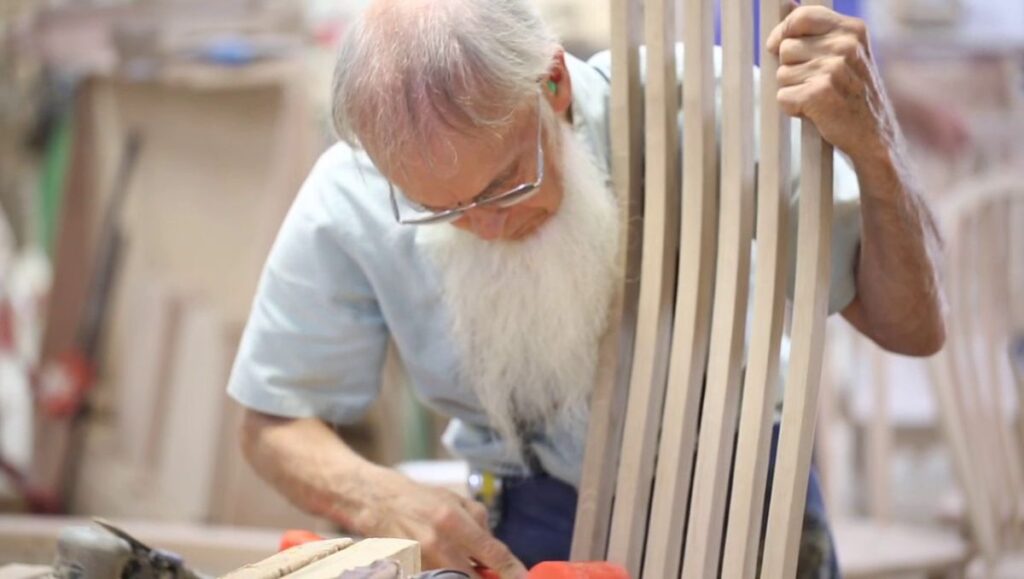
Amish woodworking traditions are renowned for their exceptional craftsmanship, durability, and timeless beauty.
Dedication to Detail
The Amish are known for their meticulous attention to detail, evident in every aspect of their woodworking. This translates to careful preparation of the wood, precise application of finishes, and a relentless pursuit of perfection.
Use of Natural Materials
The Amish prioritize the use of natural materials, avoiding harsh chemicals and synthetic finishes whenever possible. This not only ensures a healthier and more environmentally friendly process but also allows the wood to breathe and age gracefully. Natural finishes, such as shellac and beeswax, provide a warm, lustrous patina that enhances the wood’s character.
Preservation of Wood’s Integrity
Amish craftsmen have a deep respect for the wood they work with, striving to preserve its natural integrity. This means avoiding aggressive sanding techniques that can damage the wood fibers and opting for gentle hand-sanding whenever possible.
Step-by-Step Guide to Refinishing Furniture with Amish Techniques
By following this step-by-step guide and incorporating Amish techniques, you can achieve professional-quality results that will transform your furniture into timeless treasures.
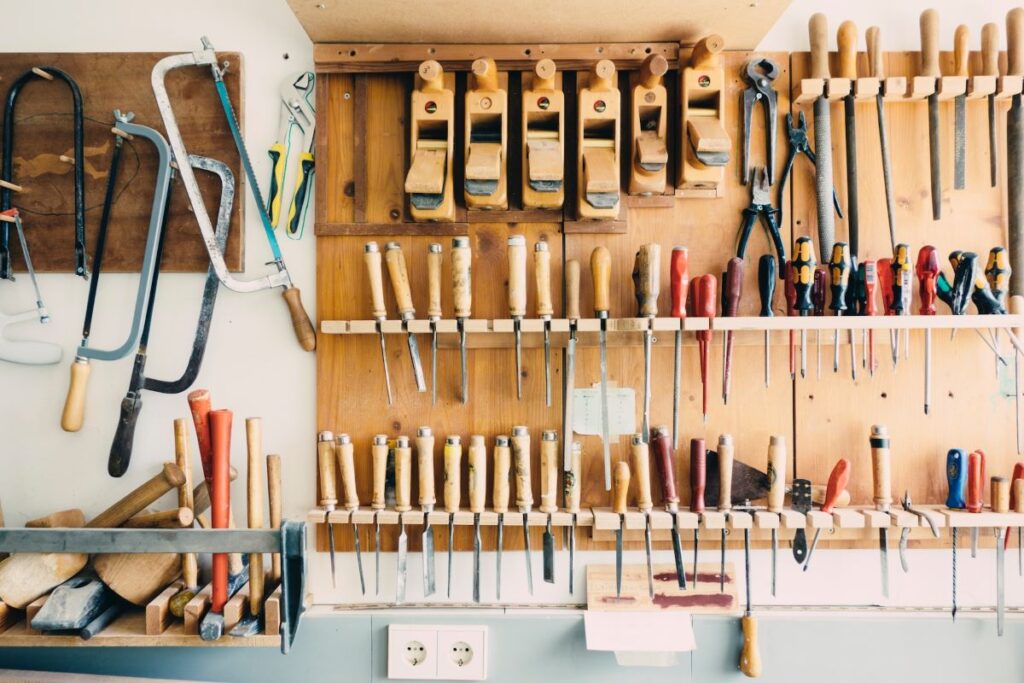
Required Tools and Materials
Here’s a list of essential items, with a focus on those commonly used in Amish woodworking:
Safety Gear: Always prioritize safety by wearing gloves, eye protection, and a respirator when working with chemicals or sanding.
Stripping Tools:
- Chemical strippers
- Heat gun
- Scrapers
- Sandpaper
Sanding Tools:
- Sanding block
- Hand sanding pads
Finishing Tools:
- Brushes
- Lint-free cloths
Step 1: Preparation
Proper preparation is crucial for successful furniture refinishing. Set up a dedicated workspace to ensure both efficiency and safety. Choose a well-ventilated area, like an outdoor space or a garage with open doors. Keep your tools and materials organized for easy access, and make sure there’s plenty of light to see details clearly and avoid mistakes.
Step 2: Stripping the Old Finish
Removing the existing finish is a crucial step in the refinishing process, as it allows the new finish to adhere properly and achieve a smooth, even surface. While chemical strippers are commonly used, Amish craftsmen often prefer natural solvents and hand tools for their gentler approach and minimal environmental impact.
After stripping, it’s important to remove any leftover residue to ensure a clean surface for the new finish. Dampen a clean cloth with mineral spirits and wipe down the entire surface to remove any remaining stripper or finish residue.
Step 3: Sanding
Sanding is a critical step in furniture refinishing, as it smooths out any imperfections, removes leftover residue, and creates an ideal surface for the new finish to adhere. Amish craftsmen prioritize hand sanding for its precision and control, allowing them to achieve a flawless finish without damaging the wood.
Begin with a coarser grit sandpaper (80-120) to remove any major imperfections or scratches. Gradually move to finer grits of sandpaper (150-220) to smooth out the surface and remove any marks left by the coarser grits. Finish with a very fine grit sandpaper (320 or higher) to achieve a silky-smooth surface that is ready for the new finish.
Step 4: Repairing and Replacing Damaged Parts
Before applying the new finish, it’s important to address any damage or imperfections on the furniture. This ensures a structurally sound and visually pleasing result. Amish craftsmen rely on time-tested repair techniques that prioritize strength and authenticity. Some common methods include wooden dowels, mortise and tenon joints, dovetail joints, and wood fillers.
Step 5: Staining, Finishing, and Sealing
The staining and finishing stage is where your refinished furniture truly comes to life. Amish techniques prioritize natural stains and finishes that enhance the wood’s inherent beauty and provide lasting protection. A study published in 2021 found that natural stains exhibited better resistance to UV degradation and fading compared to synthetic stains. Amish craftsmen apply stains in thin, even coats, allowing each coat to dry completely before applying the next. For deeper color, apply additional thin coats, allowing each coat to dry completely before applying the next.
Complete your refreshed space with stylish dining solutions. Explore our new collection and gather around a table that’s as beautiful as it is functional.
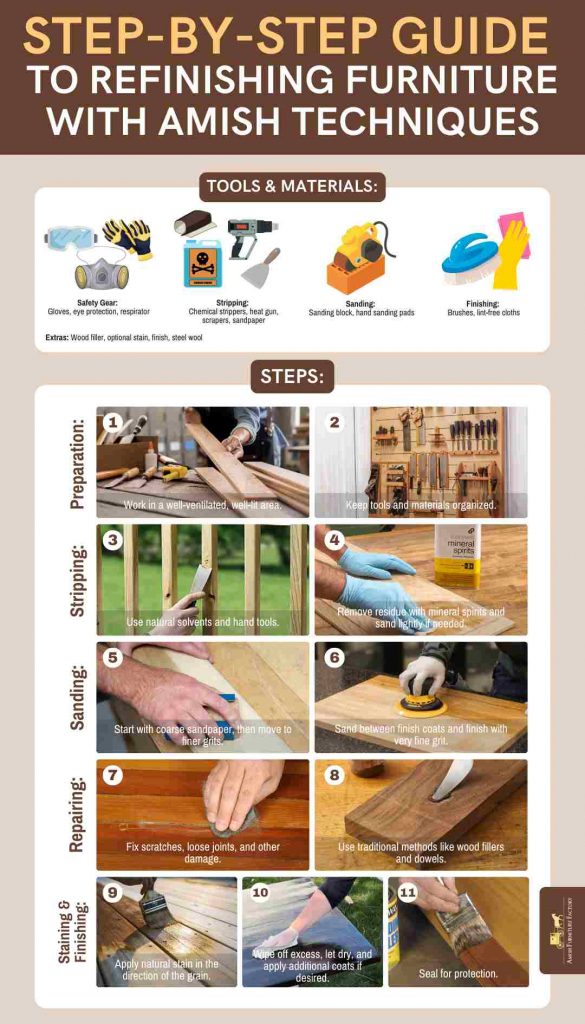
Advanced Techniques for Achieving a Timeless Quality
To elevate your furniture refinishing skills further and create pieces that truly exude a timeless quality, consider incorporating some of these advanced techniques inspired by Amish craftsmanship.
Distressing and Antiquing
Add subtle imperfections to make furniture look vintage. Create tiny holes with a drill or awl for a worn effect, and gently tap with a hammer or chain for small dents. Focus on high-wear areas like edges and corners.
Hand-Carving and Decorative Elements
Hand-carving adds a unique and personalized touch to furniture, reflecting the Amish tradition of embellishing pieces with intricate details. Start with simple carvings, such as floral motifs, geometric patterns, or lettering. Use sharp carving tools and practice on scrap wood before carving on your furniture. Marquetry is a more complex technique that involves creating intricate designs using small pieces of veneer.
Aging Techniques
Amish craftsmen often use natural aging techniques to enhance the wood’s character and create a sense of history. Expose the wood to sunlight for several weeks or months to naturally lighten its color and create a weathered patina. You can also brew a strong batch of black tea and apply it to the wood to create a warm, aged tone. Experiment with different brewing times and tea varieties to achieve the desired color.
Regular Care for Refinished Furniture
By following these simple tips, you can enjoy your refinished pieces for years to come.
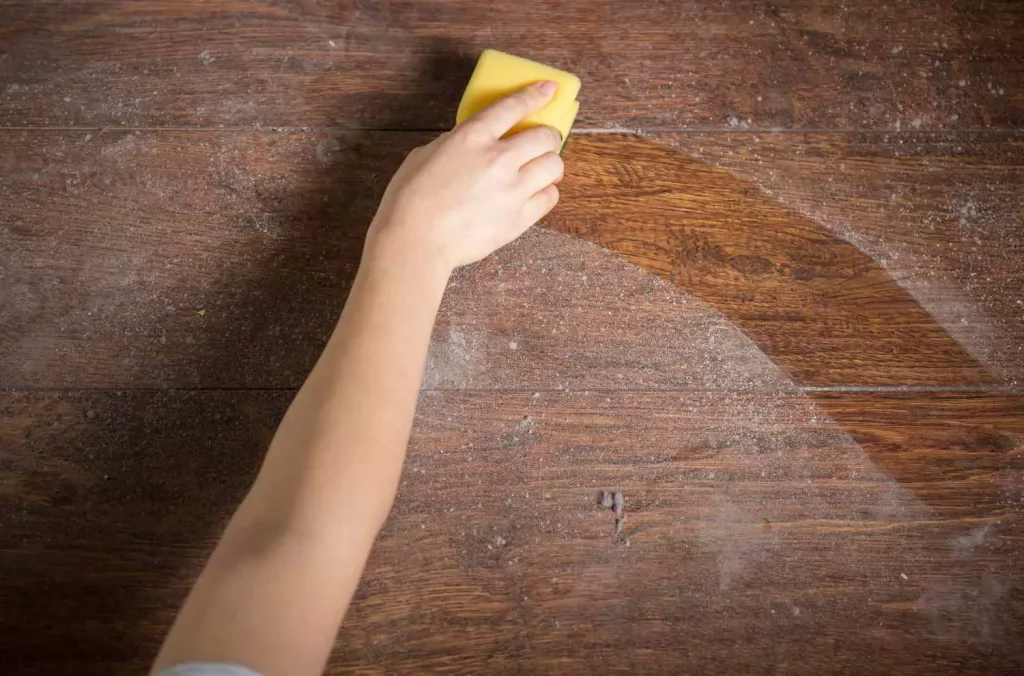
Cleaning and Dusting
Dust your furniture regularly with a soft, lint-free cloth to prevent dust buildup and scratches. For spills or stains, use a slightly damp cloth and mild soap or a natural wood cleaner. Avoid harsh chemicals or abrasive cleaners that can damage the finish. Periodically apply a thin coat of beeswax to nourish and protect the finish. Buff with a soft cloth for a lustrous sheen.
Protecting from Damage
Prolonged exposure to direct sunlight can cause fading and discoloration of the finish. Place furniture away from windows or use curtains or blinds to protect it. Be sure to always use coasters and placemats to protect the finish from water rings, heat damage, and scratches. When moving furniture, lift it rather than dragging it across the floor to avoid scratching the legs or base.
Addressing Minor Issues
Minor scratches can often be buffed out with a soft cloth and a bit of beeswax. Deeper scratches may require touch-up with stain or finish. If furniture joints become loose, tighten screws or re-glue them using a wood glue suitable for the type of wood. Additionally, regularly inspect your furniture for any signs of wear and tear, such as loose joints, cracks, or finish damage.
Here’s a simple checklist for maintaining refinished furniture:
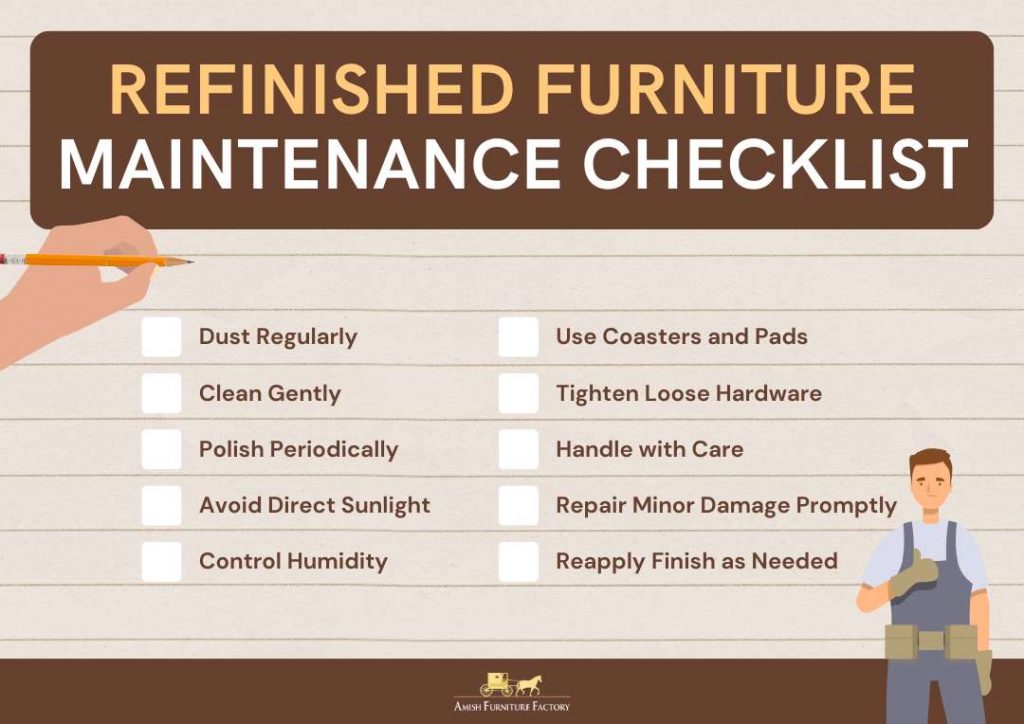
Common Issues and How to Address Them
Even with the best care, refinished furniture may encounter some common issues over time. However, with the right techniques, these problems can often be easily resolved, allowing you to maintain the timeless quality of your pieces.
Surface Scratches
Surface scratches are perhaps the most frequent issue encountered. To address them, the Amish often turn to natural solutions. Rubbing a walnut meat over the scratch can help disguise it, as the natural oils in the nut fill in the imperfection and darken the wood slightly. You can also mix a small amount of beeswax with mineral oil to create a paste. Apply it to the scratch and buff gently with a soft cloth. The beeswax fills the scratch while the mineral oil helps blend the repair.
Fading
Exposure to sunlight can cause the finish to fade over time. If the fading is minor, try reapplying a thin coat of the original finish. This can rejuvenate the color and provide additional protection. For more significant fading, consider using tea staining or controlled sun bleaching to blend the faded areas with the rest of the piece.
Watermarks and Heat Rings
Watermarks and heat rings can mar the surface of your furniture. Apply a layer of mayonnaise to the watermark or heat ring and let it sit overnight. The oil in the mayonnaise can help draw out moisture and reduce the appearance of the mark. You can also place a clean cloth over the mark and gently iron on low heat. The heat can help evaporate trapped moisture and diminish the ring.
Conclusion
Furniture refinishing is a rewarding endeavor that allows you to breathe new life into old pieces and create timeless treasures for your home. By incorporating Amish techniques, you can elevate your craftsmanship and achieve results that are not only beautiful but also built to last. The dedication to detail, use of natural materials, and preservation of the wood’s integrity will ensure that your refinished pieces become cherished heirlooms, passed down through generations.
FAQs
What makes Amish furniture refinishing techniques unique?
Amish furniture refinishing techniques are distinguished by their emphasis on hand craftsmanship, natural materials, and meticulous attention to detail. They prioritize preserving the wood’s natural beauty and integrity, resulting in a timeless quality that surpasses that of conventional methods.
Can I refinish modern furniture using Amish methods?
Absolutely! Amish techniques can be applied to any type of furniture, regardless of its age or style. While modern furniture may not have the same solid wood construction as traditional pieces, the principles of careful preparation, hand sanding, and natural finishes remain relevant and effective.
How do Amish craftsmen ensure the durability of refinished furniture?
Amish craftsmen prioritize durability by using time-tested techniques and high-quality materials. They focus on proper preparation, including thorough cleaning and sanding, to ensure optimal adhesion of the finish. They also opt for natural finishes that penetrate the wood deeply and provide lasting protection against moisture, scratches, and wear.
